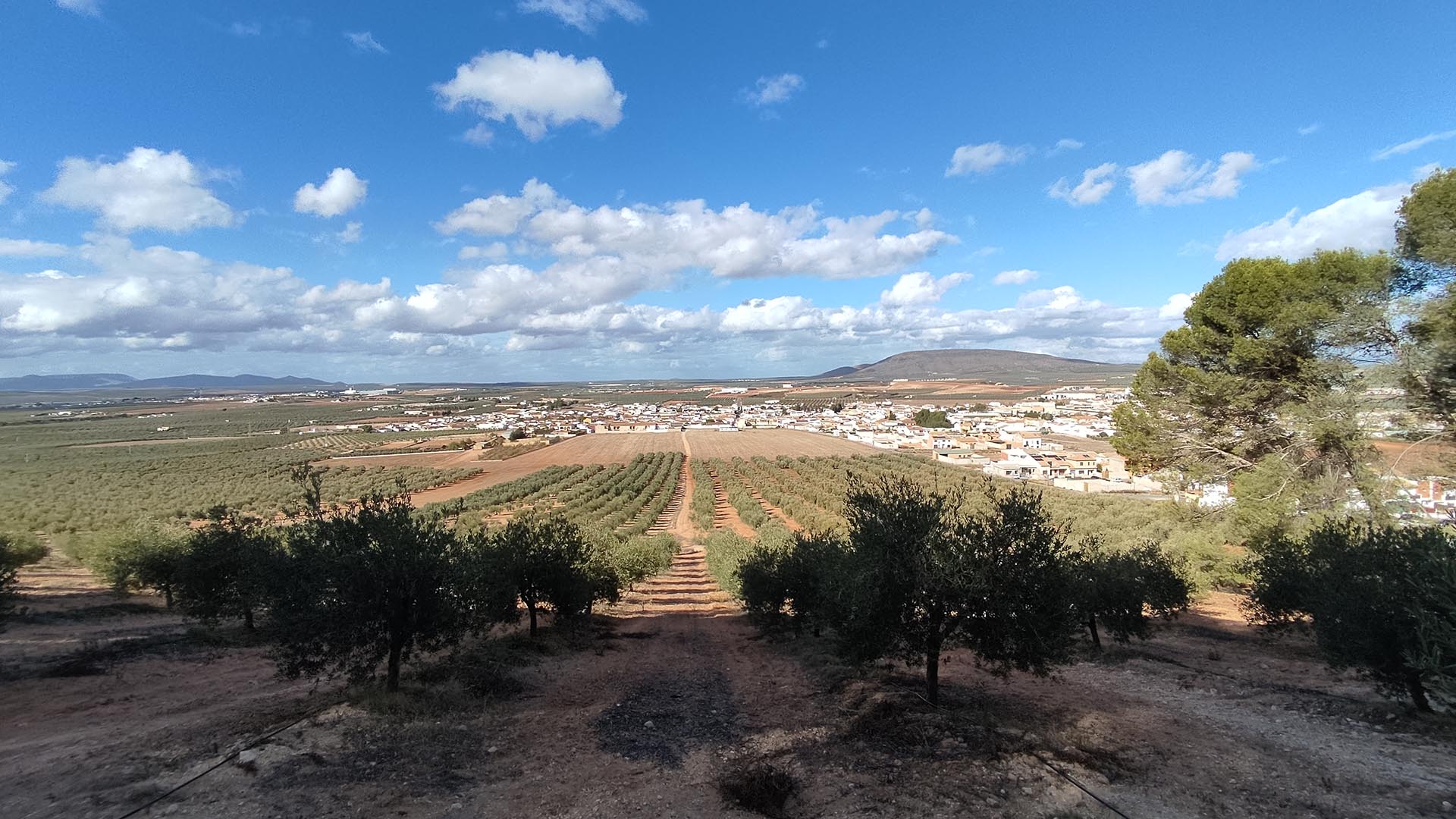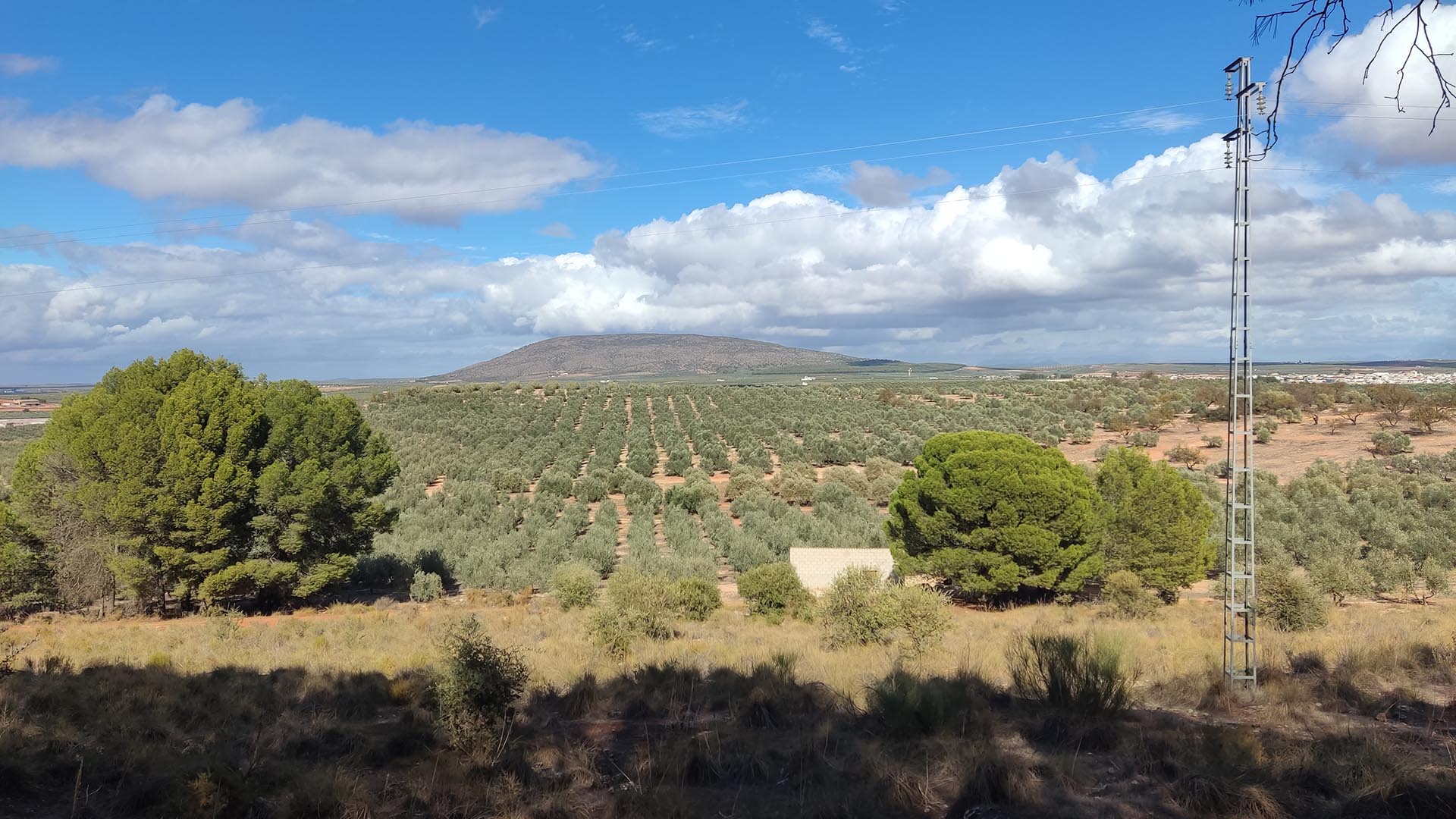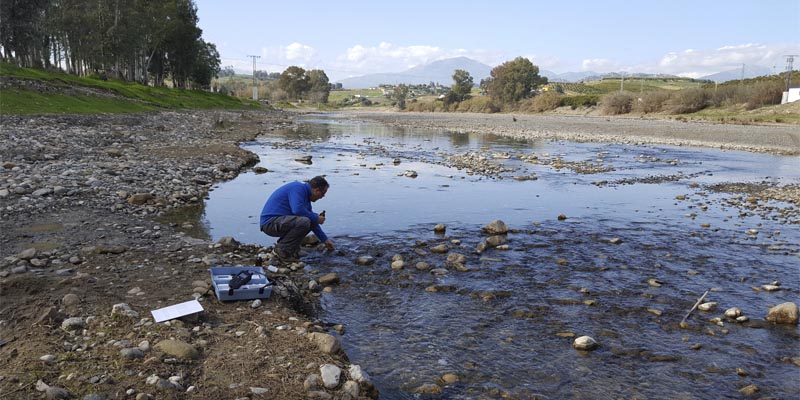Projects in execution
PROYECTO REKOVER
Título: Achieving optimal management of overexploited carbonate karst aquifers: transferring scientific knowledge into new exploitation models (REKOVER)
Programa de financiación: Proyectos de Generación de Conocimiento. Convocatoria 2023. Agencia Estatal de Investigación.
Investigadores responsables: Bartolomé Andreo Navarro y Juan Antonio Barberá Fornell
Breve resumen: El objetivo principal de este proyecto es lograr una mejor comprensión de la conceptualización del flujo de agua subterránea dentro de acuíferos carbonatados sometidos a bombeo intensivo para mejorar, optimizar y poner en práctica nuevos protocolos de gestión del agua teniendo en cuenta la futura demanda de agua potable y los posibles impactos del cambio climático.
El proyecto incluye acciones dirigidas a mitigar los impactos del cambio climático (es decir, las sequías) y el desarrollo urbano sobre la disponibilidad futura de aguas subterráneas, para responder a uno de los principales retos sociales como es la gestión sostenible del agua.

PROYECTO iSATuma
Título: Development of an intelligent early warning system for monitoring groundwater abstractions and contamination in urban water supplies during drought periods (iSATuma)
Programa de financiación: PLAnd Sequía Andalucía. Convocatoria 2023.
Investigador principal: Juan Antonio Barberá Fornell
Breve resumen: Los Sistemas de Alerta Temprana (SAT) son herramientas preventivas muy útiles para mitigar el riesgo de sobreexplotación y contaminación de las aguas, especialmente en periodos de sequía extrema. Aunque en nuestro país apenas existen SAT implantados en captaciones de agua procedente de acuíferos, son instrumentos eficaces para garantizar el uso de agua de buena calidad para consumo humano. El objetivo de este proyecto es desarrollar un SAT inteligente que contribuya a mejorar la gestión de las aguas subterráneas en entornos urbanos. Para ello, se diseñará y fabricará un prototipo (iSATuma) capaz de medir continuamente parámetros de control hidrogeológico a partir de un conjunto de sensores de bajo coste y enviarlos periódicamente de forma remota a un servidor. Algoritmos de IA (sensores blandos) analizarán la información registrada y realizarán previsiones en tiempo real sobre la disponibilidad y calidad del agua y, en caso de detección de riesgo sanitario, se emitirán alertas a gestores y técnicos para la toma de decisiones y mejora de las tareas operativas.


PROYECTO FRUTALES SUBTROPICALES
Título: Manejo sostenible de los frutales subtropicales en Andalucía en un contexto de escasez hídrica (PLSQ_00309_2)
Programa de financiación: PLAnd Sequía Andalucía. Convocatoria 2023.
Entidad coordinadora: Instituto de Hortofruticultura Subtropical y Mediterránea “La Mayora” – (IHSM-CSIC)
Entidad beneficiaria: Universidad de Málaga
Periodo de ejecución: 2025-2026
Responsable del subproyecto de Hidrogeología: Iñaki Vadillo Pérez
PROYECTO EMERGEANDALUCÍA
Título del Proyecto: Comportamiento de contaminantes emergentes (CECs) en recursos hídricos de cuencas antropizadas de Andalucía. Aplicación de isótopos estables para el reconocimiento de fuentes-EMERGEANDALUCÍA (PID2021-124899OB-I00)
Entidad financiadora: Ministerio de Ciencias e Innovación
Duración: desde: 01/09/2022 hasta: 30/08/2025
Investigador responsable: Iñaki Vadillo Pérez

Muestreo de contaminantes emergentes en Río Grande (Cuenca del Río Guadalhorce, Málaga)

